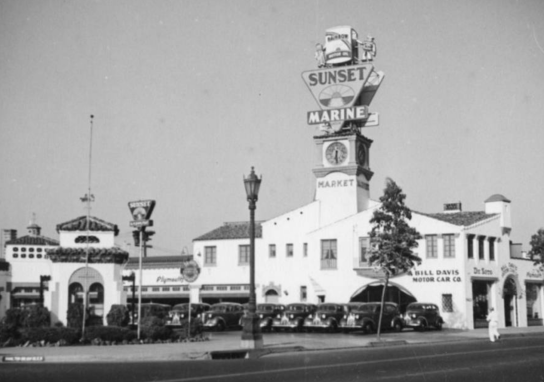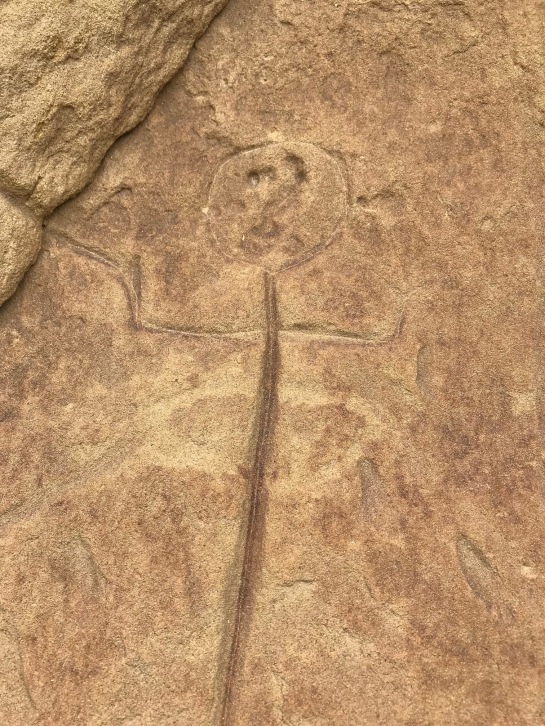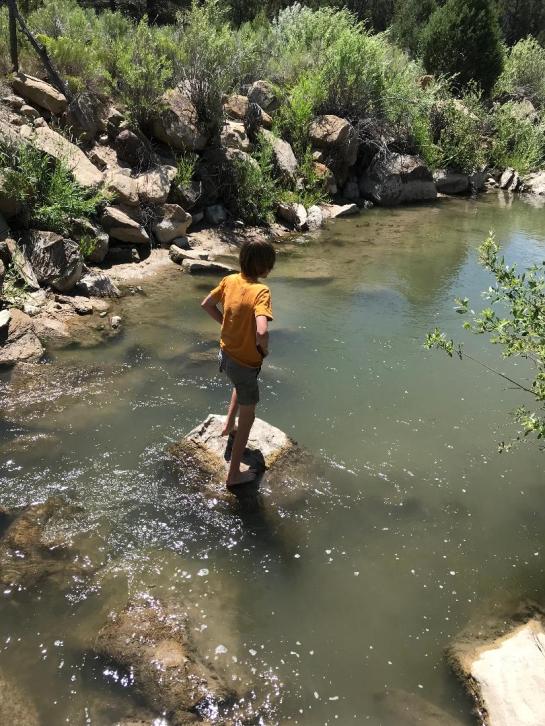
Replica Fur Trapper Shelter by William Deverell
By William Deverell
July 14, 2018. Daniel, Wyoming. John and I went in to Pinedale today for the annual festivities wrapped around the famed Rocky Mountain Rendezvous. These were held all over the Rocky Mountain West from the mid-1820s to the 1840s, though the most of them were put on right here at Daniel, on the banks of the Green River. We pass the commemorative sign each day we leave the ranch for the drive into Pinedale. Trappers, traders, Indians, and (once the word got out) even tourists mingled for weeks on end, and the gatherings became famous for their merriment and the various contests put on between the trappers. The mixed-race trapper James Beckwourth, born a slave in Virginia (and later freed by his master/father), said this of the rendezvous: “Mirth, songs, dancing, shouting, trading, running, jumping, singing, racing, target-shooting, yarns, frolic, with all sorts of extravagances that white men or Indians could invent.”
I have a few doubts about just how innocently joyful these were, but I easily admit I would love to see one. I can’t imagine, in the days before the Gold Rush, any gathering in the far West that would feature more human diversity than one of these. Anyone wanting to know more should consult Anne Hyde’s splendid book, Empires, Nations, and Families: A History of the North American West.
We had fun at the rendezvous commemoration. Just above town, the excellent Museum of the Mountain Man (where, a year ago, John and I discovered the late 1850s photographs of Oregon Trail migrants made by none other than Albert Bierstadt) had put up a fur trapper encampment with re-enactors showing off their gear, clothing, and handicrafts. I think I have a pretty good radar about re-enactors and re-enactments, and I generally shy away from them. These participants, men and women alike, were tremendous. I think some of them, even in the 21st century, may actually try to live the life, or at least do so in stretches of time and place. The equipment looked right, the clothing looked right (if too clean), the guns and knives looked lethal and utilitarian. One of the trappers scoffed at what was going on “in town” (literally a few hundred yards away); that was tourist stuff, he intimated. Up on the hill, in the encampment, they took this all very seriously. He had a point.
We did go down the hill. A parade was heating up, and John and I watched the whole thing. It was classic small-town Rocky Mountain fare, and fun for it. Horses, buckboards, politicians and wanna-be politicians. One sitting U.S. Senator, John Barrasso, who is one of the only 21 Senators from this relatively new state (all white men). Fire trucks, classic cars, people trying with less success than those on the hill to look, act, walk, and ride like fur trappers. One man at the parade, a very warm and friendly guy about my age, said that he had seen us the other day at the “Burger Barn.” “You two have such a great relationship,” he said, “it was fun to watch you together.” I thanked him, and I introduced him to John. “Is he your grandson?” he asked. Once again, life in the mountain West, and I took no offense whatsoever.

Trout on the Roof, Pinedale by William Deverell
At one point, a parade vehicle came by with veterans aboard. An announcer, who had trouble speaking through tears, asked us all to stand and sing happy birthday to a 94 year-old World War II veteran. We did. I hesitated, I admit. It’s not exactly my thing, though I recognize the man’s duty and sacrifice. Only a few minutes later, as I had a quiet conversation with myself about this, a younger man walked by us with a T-shirt on that depicted an automatic weapon and the words “But first, coffee.” There it is, I thought: that slippery seam between … between what? Patriotism and mere fascination with violence? Between knee-jerk exuberance about mayhem and something more complex? Between honoring an elderly man’s service in the so-called “good war” (I hate that designation) and back-slapping, winking brotherhood about masculinity, violence, guns, and coffee?
I am not going to figure it out. Suffice to say that the festivities were fun for the both of us. But the history wrapped around all of it – the fur trade, the western exploration, the genocidal assault on indigenous peoples, and everything that’s come since (including another T-shirt, new to me, that said, simply “Trumplican”) go together in some complex alchemy that will stick with me awhile.
A T-shirt ethnography of mountain West just might tell us something.
Tomorrow: Jackson: another town, maybe another Wyoming, maybe another planet.

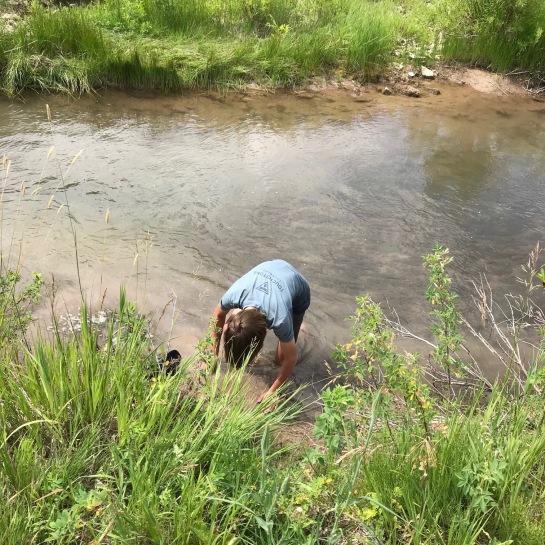
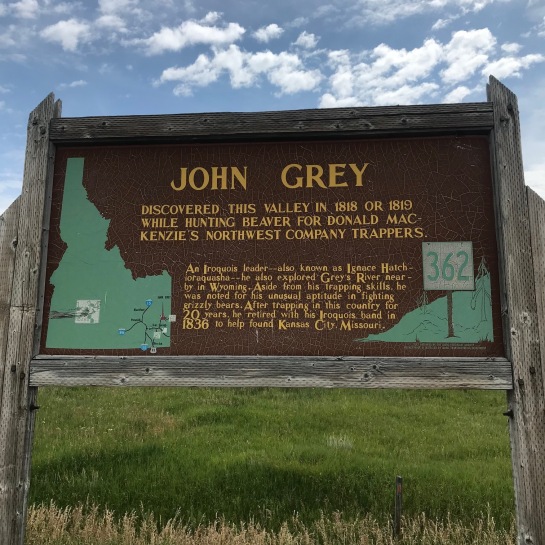


 What questions are you considering thanks to your summer reading list? In
What questions are you considering thanks to your summer reading list? In 

